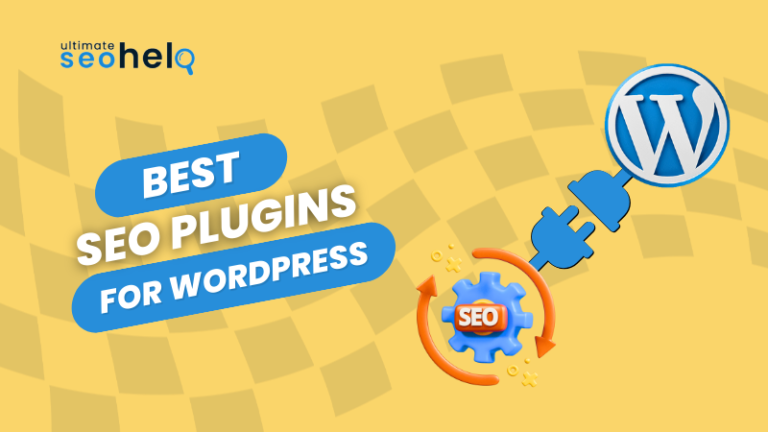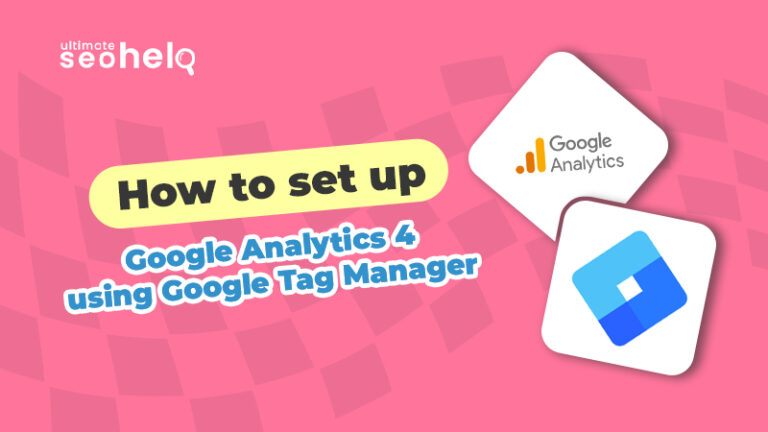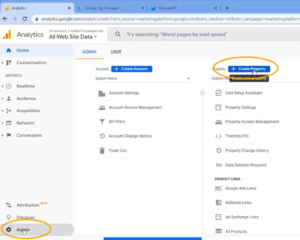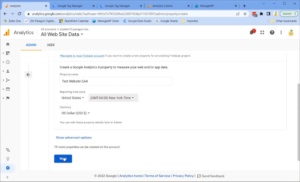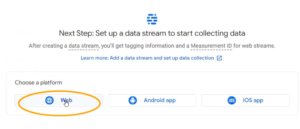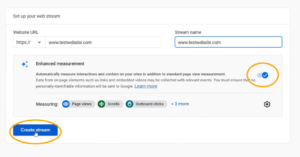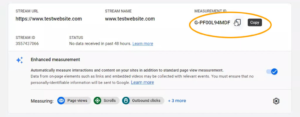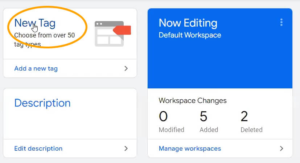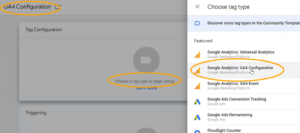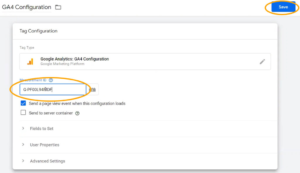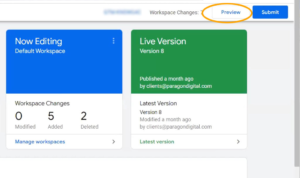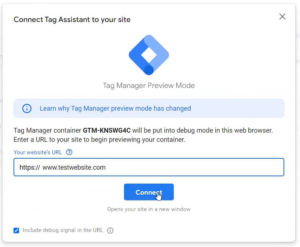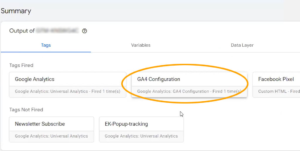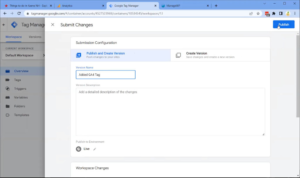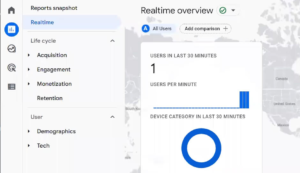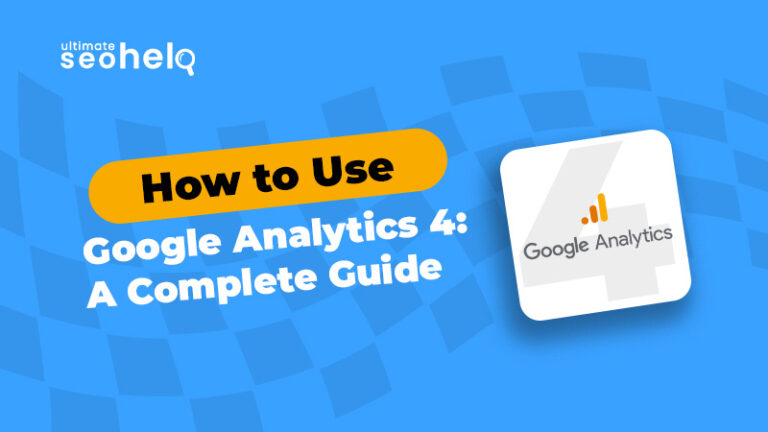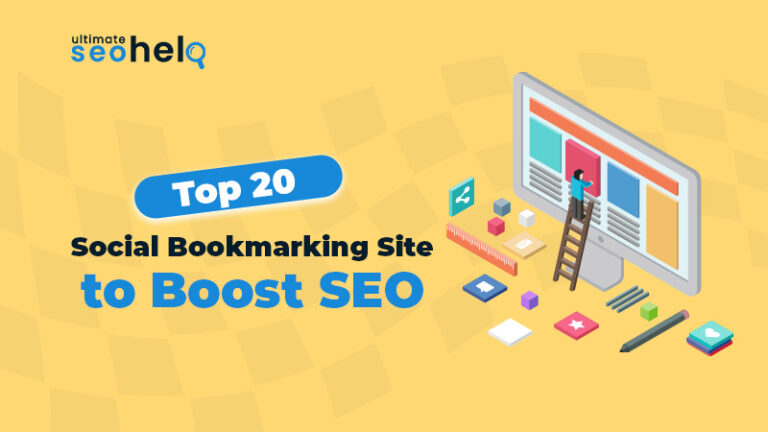In the world of digital marketing and SEO, link building is one of the most fundamental tactics to improve a website’s visibility and authority. While link building involves several other tactics and strategies, ‘Outreach’ stands out mainly for its effectiveness. In fact, as per research by the U.S Small Business Administration, businesses that rank on the first pages of Google receive 91.5% of all organic traffic, while those on the second page only receive 4.8%.
This explains how important it is to optimize your website for search engines so that it ranks higher on search engine result pages (SERPs). Therefore, staying updated with the latest trends and industry-proven strategies is crucial to succeed in link-building strategy in 2024. In this guide, we will share some of the most successful outreach in link-building strategies that help you acquire high-quality backlinks and get success for all your SEO efforts.
Fundamentals of Link Building Outreach: Tips & Benefits
In the beginning, link building may not come naturally to you, but with practice and strategy, you will develop reliable links. Many people view outreach as a volume game when it comes to building links, but when done correctly, it can help you obtain authoritative links from reliable publishers and websites. To help understand this topic better, let’s explore its meaning and benefits of link building strategies.
What Is Outreach in Link Building?
Outreach in link building is reaching out to other website owners, bloggers, influencers, or content creators to establish relationships and obtain backlinks to your website. It involves identifying target websites relevant to your niche and audience, researching their content, and creating unique and valuable content that would benefit their audience.
Outreach usually involves sending personalized emails or messages to introduce yourself and your content and asking for a backlink or guest post opportunity if appropriate. This process can help to establish thought leadership within a particular industry and improve a website’s SEO ranking.
7 Benefits of Outreach in Link Building
Outreach offers numerous benefits that can boost your website’s online visibility and authority. Here are 7 key benefits of outreach backlink strategies:
1. Increased traffic
Outreach helps drive targeted traffic to your website by securing backlinks from relevant and authoritative sources, exposing your content to a broader audience.
2. Improved Domain Authority
By acquiring backlinks from reputable websites, search engines recognize your website as a trusted source, leading to higher rankings and increased credibility.
3. Networking Opportunities
Outreach provides the chance to connect with influencers and industry experts, fostering valuable relationships that can lead to collaborations and partnerships.
4. Building Trust
Backlinks from reputable sites build trust with search engines and users, establishing your website as a reliable and knowledgeable resource.
5. Staying Ahead of The Competition
Outreach gives you a competitive edge by acquiring unique backlink opportunities that set you apart from competitors.
6. Brand Awareness
Through outreach, your brand gains exposure on other websites, expanding its visibility and recognition among a wider audience.
7. Learning Opportunities
Engaging in outreach exposes you to industry experts, offering insights and knowledge on the latest trends and best practices.
10 Tips to Improve Outreach Link-Building Strategies
With these 10 tips, your efficiency and link-building strategy outreach success rate will increase. But first, take a quick look at the most common areas that go wrong:
- Failing to do proper research
- Lack of personalization
- Writing poor subject lines
- Not being relevant
Here are 10 tips to improve your outreach link-building strategies:
1. Research
By doing proper research, you can improve the success rate of your cold email. You may learn a lot about prospects by looking through their website, recent posts, and social media profiles. This way, you will understand how and where to establish your online profiles. And you will also likely get an inspirational moment while you decide your best pitch angle.
2. Subject Lines
If the rate of people opening your email is below 5%, You most likely need to change your subject line. A good subject line is short and informative. Convey the purpose of your email immediately. For example, when you need someone to fix a broken link, saying “BROKEN LINK” will be sufficient to grab attention.
You need to show gratitude first before getting links in mentions – “I appreciate you for mentioning our (brand) on (location),” “Thank You for mentioning us (brand) in (article name).”
3. Personalization
When you greet someone by name, it shows that you are interested in getting to know them. Emails that lack personalization are frequently interpreted as spam. According to GetResponse reports, personalized emails have an open rate of 29.95%.
4. Be Relevant
Being relevant means doing enough research about the prospect to build a relationship by addressing topics that are important to them. Another crucial relevancy component is ensuring the subject line and text of your email match.
5. Choose Prospects Carefully
It is worth repeating the importance of high-quality, relevant prospects. One link from a high-authority website relevant to yours is far more worthwhile than a thousand low-authority links. Use a website authority checker tool to check the PA/DA of websites.
6.Find The Right Contact
Reaching out to the right individual within a company boosts cold emails’ open and success rates. For this approach, LinkedIn Sales Navigator is quite helpful.
7. Interact Regularly
Build a good relationship on social media before sending an email to a high-value prospect. Keep communicating with them regularly so they will recognise you immediately when they receive your emails.
8. Build an Asset Bank
Make a list of your website’s high-quality pages and blogs, then create links to them. When you have great content, getting influencers’ links will be much easier. Links are drawn to infographics, movies, giveaways, and interactive stuff.
9. Use a Link Building Outreach Tool
Reaching out to prospects is now made easier using link-building outreach tools. In addition, they track outcomes, help create customized email templates, and locate email addresses.
10. Track Your Results
By monitoring the outcomes, you can determine when and where to adjust your link-building outreach campaign. You can get help from our SEO Consultants, who have excellent tracking capabilities.
Final Takeaway
This brings us to the final part of our comprehensive guide, which clearly explains the importance of link-building outreach strategies. However, link-building outreach is a lengthy process that requires patience and continual refinement. Our SEO Consultants can handle this entire process for you. So, contact us and hire us now!


